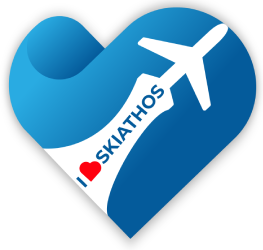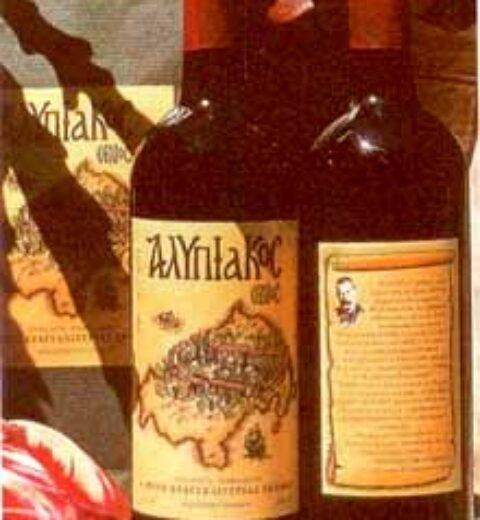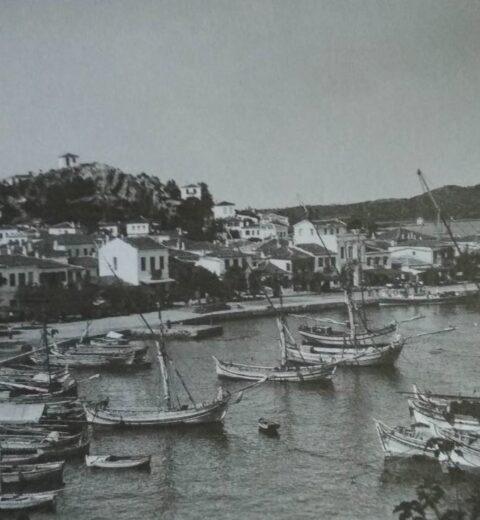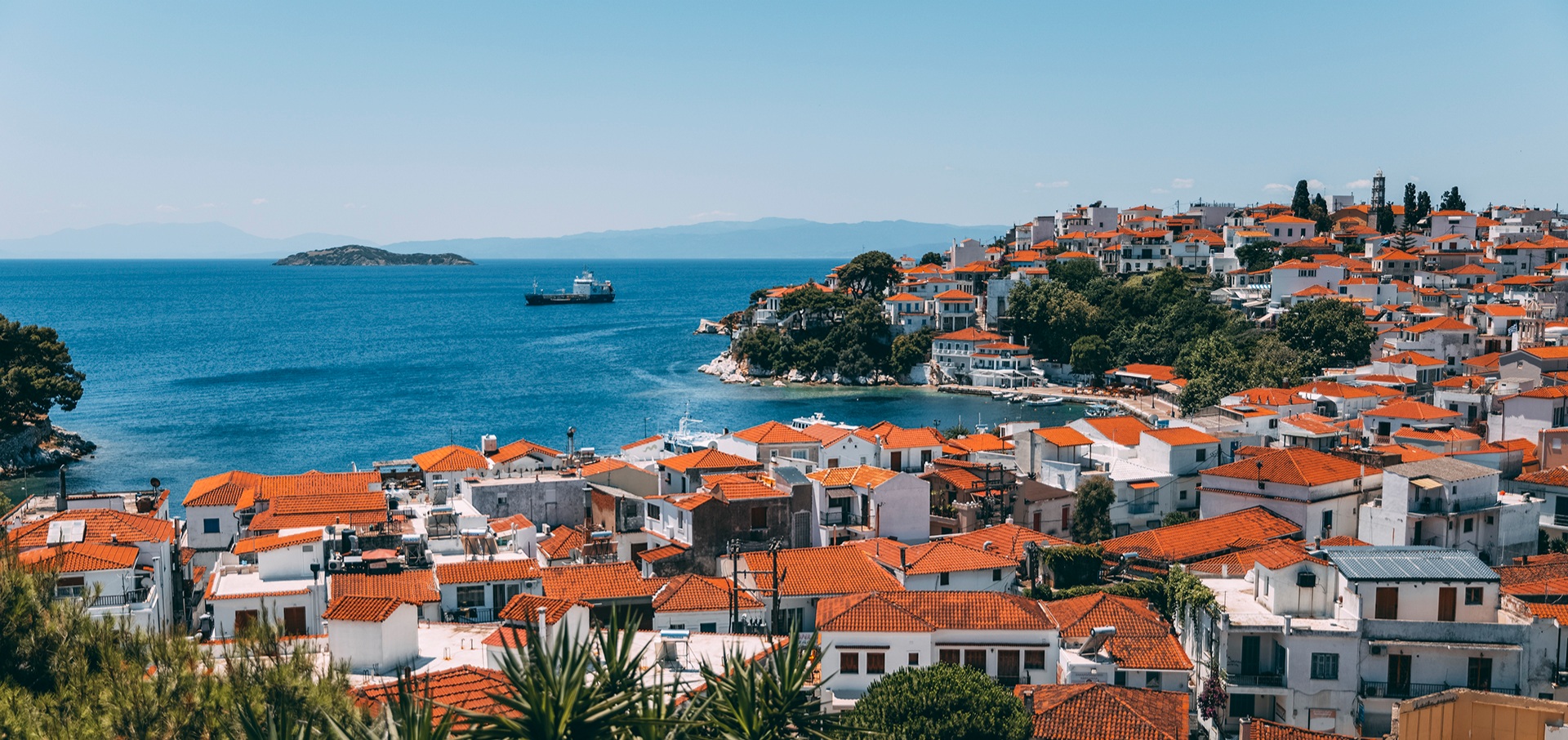- The Creation of the Sporades
The Aegean island complex of the Northern Sporades is made up of the islands of Skiathos, Skopelos (Ancient Peparithos), Alonissos (Ancient Ikos), Skyros, and many other islands and islets. The creation myth of the Sporades goes something as follows:
Once upon a time, the Titan gods Ito and Nightmare had a quarrel. The Titans were deities born of Gaia and Uranus, and their reign over the world was a Golden Age. Ito and Nightmare’s quarrel grew into a war, and they scooped out huge pieces of land and hurled them at each other. Some of these chunks were scattered in the sea in an erratic, or sporadic pattern, hence the island group’s name known today as the Northern Sporades.
*Years ago there were South Sporades as well but the name changed to Dodecanese Islands (Rhodes, Kos and more)
- The Name (Skiathos)
Skiathos is one of the few islands in Greece that has kept the name it was given in ancient times. Neighboring island Skopelos was once called Peparithos, and Alonissos was once called and Ikos.
One theory of the derivation of the name is that it comes from a combination of the words “skiá”, shadow, and “Athos”, from Mount Athos, because the island is located geographically and figuratively speaking, in the shadow of Mount Athos.
Another theory is that the inhabitants of ancient Skiathos worshiped the god Dionysus or “Skianthios”, and named their island in his honor.
Another plausible explanation is that Skiathos was named for the shade offered by the plentiful trees covering the island.
- The Rouvoi and the Babakokoli (The Nitwits and the Cotton-bums)
Once upon a time, the people of Skopelos quarreled with the people of Skiathos over the islet of Tsougria, a small island protecting the entrance of the port of Skiathos. The people of Skopelos decided to steal the island for themselves and place it in front of their own port, to shield it from the rough seas of its northern exposure. So they made a long rope by entwining the intestines of many animals and tied it to Tsougria, thinking to pull it over to their port. That is why today the people of Skiathos call the people of Skopelos the “rouvoi” or the “nitwits”, in English. The Skiathians saw that they would have to jump into to sea and swim after it to keep it from being stolen. But fearing that sea water might get inside them and sink them, the Skiathians plugged their bottoms with cotton. That is why today the people of Skopelos call the people of Skiathos “Mpampakokoli” or “Cotton-bums”.
- Saint George’s footprints
A few meters prior to the Castle, in between the old cobbled street’s stones, you will discern some small, cylindrical cracks, similar to a horse’s footprint. According to the island’s folk tradition, these footprints belonged to St. George, whose steps the locals used to hear from inside of the Castle, every night. This story is probably related to a local belief that, near the Castle’s gate, there was a small church dedicated to St. George. Yet, another folk tradition construes these signs (the ground’s cracks) as footprints made by “Jesus Christ’s Horse”.





